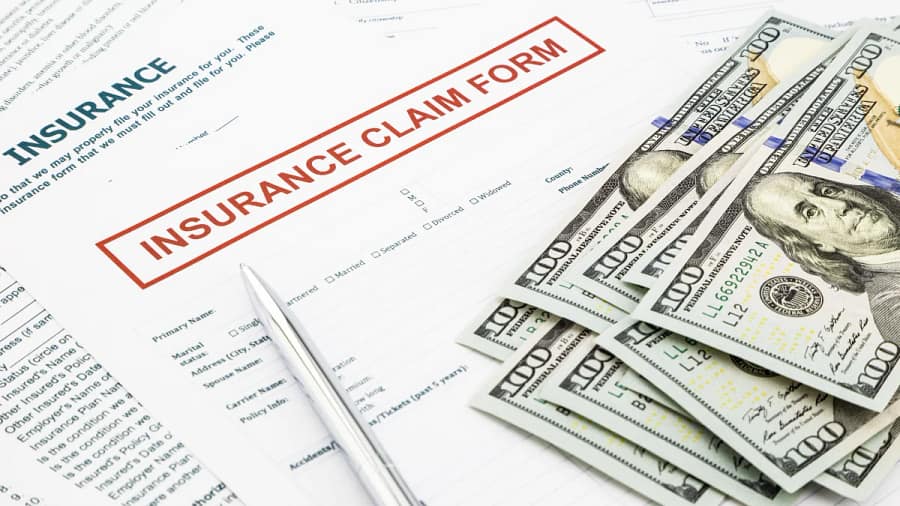


Travel insurance can provide peace of mind when unexpected events or emergencies occur while travelling. When you experience an unexpected event or emergency while travelling, such as a medical issue or trip cancellation, you may need to file a claim with your travel insurance provider to receive reimbursement for expenses related to the covered event. Here is what you need to understand about claims, EOBs, and the claim procedure.
A claim is a request for reimbursement to your travel insurance company for expenses related to a covered event. Covered events can include trip cancellations, delays, interruptions, medical emergencies, evacuations, and more. When filing a claim, it is important to follow all instructions carefully and provide all necessary documentation to expedite the process.
An Explanation of Benefits (EOB) is a document that provides details about how much was paid out for each benefit claimed under your policy and any remaining balances or denied claims. It explains what services were provided and billed by the healthcare provider or other service provider, how much the insurer will pay, and how much the policyholder needs to pay.
In simple terms, the EOB is like an itemized receipt that shows what your travel insurance covered and what you may still owe. For example, if you had to visit a doctor while travelling and filed a claim with your travel insurance provider, the EOB would show how much of the medical bill was covered by your policy and how much you may still need to pay.
The claims process generally involves submitting documentation of expenses incurred due to an unexpected event or emergency during travel, such as invoices or receipts from healthcare providers or airlines. Once your claim has been reviewed by the insurer and approved, payment will be made directly to you if you have paid or to the service provider.
It is important to note that not all claims may be covered under your travel insurance policy. Certain exclusions and limitations may apply depending on your specific policy.
To read your EOB properly:
To review an EOB and ensure proper coverage, you should follow these steps:
By reviewing your EOB carefully and verifying that all services were covered according to the terms of your policy, you can ensure that you receive proper coverage for your healthcare expenses and avoid any unnecessary out-of-pocket costs.
In conclusion, understanding claims procedures and EOBs is crucial when filing a claim under a travel insurance policy. By following these guidelines and contacting your insurer with any questions or concerns along the way, you can ensure that you receive the coverage you are entitled to under your policy.
If you disagree with your EOB, contact your insurer at once to discuss the matter further. You may need to provide additional documentation to support your claim or request a review of the decision.
It is recommended that you keep copies of all documents related to your insurance claims, including EOBs, for at least one year after receiving them.
No, an EOB cannot be used as proof of payment. It only shows what services were billed and what benefits were paid by the insurer.
No. An EOB is not a bill. However, at the right time, you will receive an invoice for the outstanding amount from your medical provider.